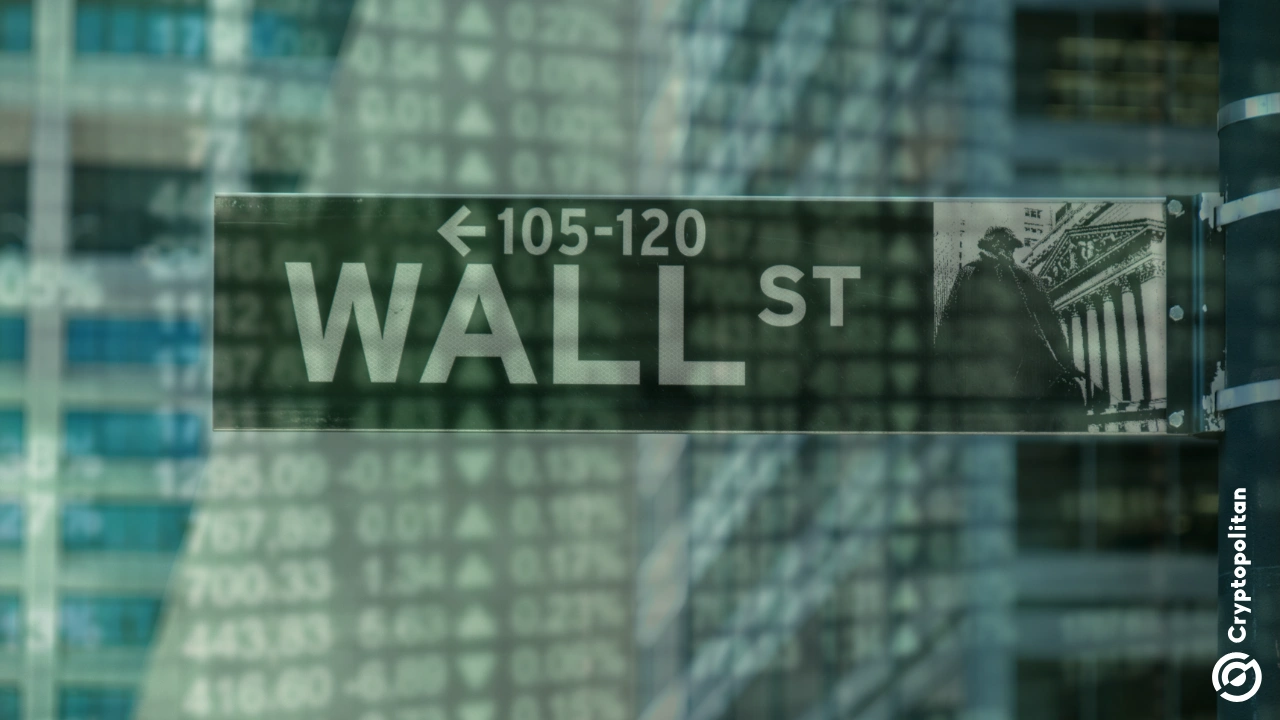Stocks rallied on Friday after new inflation numbers landed slightly cooler than expected, with the headline Consumer Price Index surging 3% year over year in September, just below the 3.1% that many on Wall Street had penciled in.
Core inflation also eased to 3% from 3.1% in August, showing progress in categories that have held firm for months, including housing and core services.
But that sense of relief is not translating to daily life outside financial markets. On Main Street, people are still dealing with rising costs in groceries, utilities, and basic services. The reality on the ground does not match the excitement in trading rooms. Households continue to feel squeezed.
Policy decisions face uncertainty as government shutdown limits economic visibility
George Bory, chief investment strategist for fixed income at Allspring Global Investments, said the headline improvement remains incomplete. George said, “The numbers are better than expected, but still well above the Fed’s target. It’s a little premature to signal the all-clear.”
Joe Brusuelas, chief economist at RSM, also stressed the uneven nature of the progress when he spoke with Yahoo Finance. Joe said:
“Housing, shelter, and food all increased at a little bit slower pace than what we had penciled in, so it’s looking a little bit better. But make no mistake about it, we’re still seeing services advance at a 3.6% year-over-year basis. Food is at a 3% year-over-year basis, and even transportation, which was down, is stuck at 1.7%.”
Joe pointed directly at how this feels for lower-income households. “Out there, down-market, they’re going to be looking at this and saying, guys, you’ve lost your minds. Do you know what’s happening down-market to our cost of living? It’s rising.”
The details inside the CPI report make that divide obvious. Beef and veal prices are up by nearly 14% from a year ago. Natural gas is up by 8%. Electricity is up by 5%. A slower increase is still an increase, and these are essentials, not luxury items.
Joe added, “Wall Street gets very happy about low rates and liquidity, but out there, people are watching their grocery and utility bills rise.”
So you see, the Federal Reserve is making decisions in a complicated environment.
What’s really scary is Fed policymakers are operating with reduced data because the government shutdown has paused most official releases.
The CPI data was only released because the Bureau of Labor Statistics temporarily recalled workers to finish it, thanks to its importance for Social Security adjustments.
Jon Hilsenrath, senior adviser at StoneX, compared the situation to driving without visibility, saying, “The market right now is convinced the Fed is going to proceed with the plan in the absence of data. I think some people at the Fed are saying, wait a second, maybe we should actually hold back and see how things play out. It’s kind of like driving in the snow when you can’t see out the windshield. How fast do you want to drive when you can’t see what’s coming at you?”
This uncertainty feeds into what Deborah Weinswig, CEO of Coresight Research, calls “the highest level of bifurcation since early 2020.”
Two economies. One country.
Sign up to Bybit and start trading with $30,050 in welcome gifts
This articles is written by : Nermeen Nabil Khear Abdelmalak
All rights reserved to : USAGOLDMIES . www.usagoldmines.com
You can Enjoy surfing our website categories and read more content in many fields you may like .
Why USAGoldMines ?
USAGoldMines is a comprehensive website offering the latest in financial, crypto, and technical news. With specialized sections for each category, it provides readers with up-to-date market insights, investment trends, and technological advancements, making it a valuable resource for investors and enthusiasts in the fast-paced financial world.
